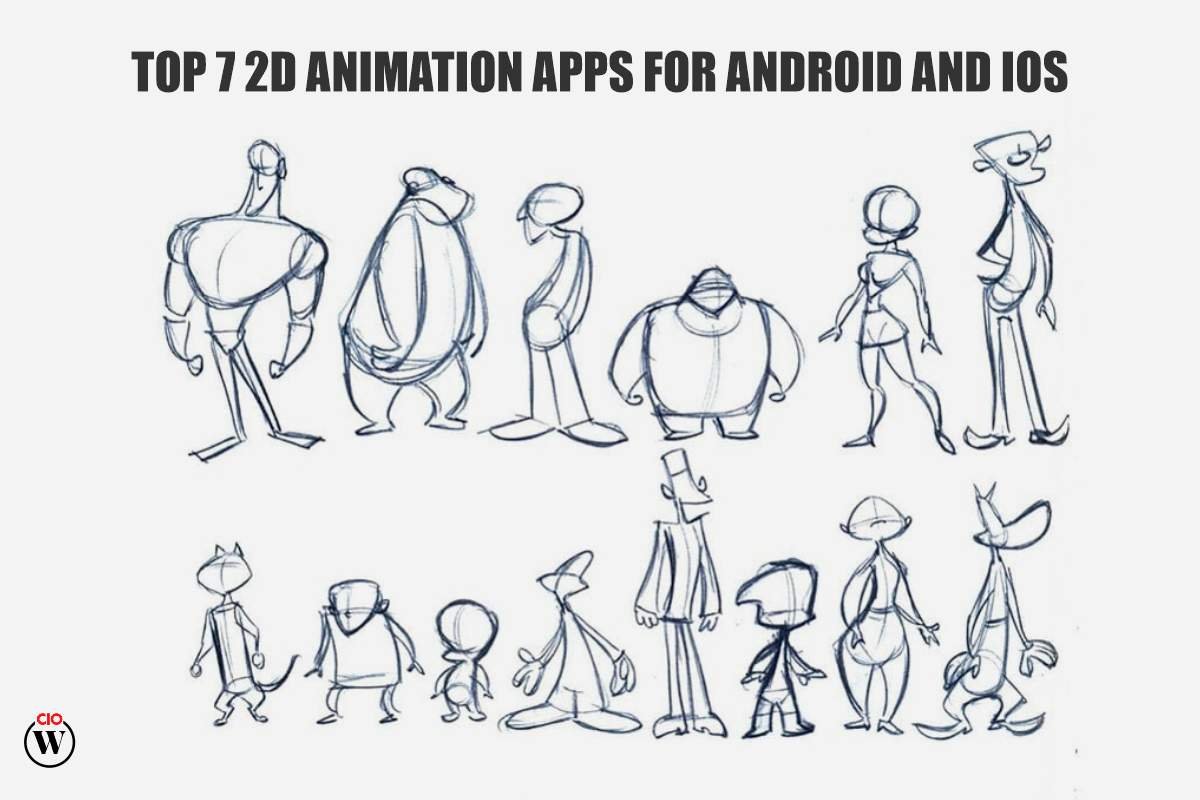While this creates uncertainty for traditional banks, one thing is certain: FinTech is here to stay. Consumer adoption of FinTech surged from 16% in 2015 to 64% in 2019.
Businesses must recognize the significance of deploying digital financial solutions in order to increase efficiency, service, and, ultimately, profitability. In this article, we’ll look at the key trends driving Fintech and Banking that are set to forever change the face of finance.
Here are 7 Trends driving Fintech and Banking
1. Neobanking
Perhaps trends driving Fintech and Banking because Millennials and Generation Z’s digital citizens were raised with technology, but face-to-face banking (or even something as traditional as a checkbook) isn’t as common as it once was. Neobanking, or digital-only banking, is the way of the future.
Financial firms should welcome this because of the lower costs, faster service, and broader market access it provides. Many of the overhead costs associated with running a financial service will be eliminated.
N26 and Revolut, two of Europe’s largest challenger banks, both secured Series D funding in 2020, bringing their valuations to $3.2 billion and $5 billion, respectively. These digital alternatives to traditional banks provide low-cost international transfers, no monthly fees, and secondary accounts for a child or partner, in addition to intuitive, user-friendly mobile app experiences.
Goodly is a promising startup in this space that assists employers in retaining top talent by assisting graduates with student loan debt. Another one to keep an eye on is Divvy, which uses digitalization to help renters become homeowners.
2. Blockchain and cryptocurrency will grow in popularity.
Blockchain is one of the trends driving Fintech and Banking that has already placed significant strain on conventional banking institutions. The capacity to engage in cross-border peer-to-peer transactions indicates that traditional platforms will be threatened in the near future.
Adopting this decentralized technology has various advantages. Here are a few examples:
- Reduced fees
- Services that are delivered faster
- increased transparency
- Obtain new markets
- enhanced security
- Compliance with the law and regulations

Visa and Mastercard are developing attempts to integrate blockchain and cryptocurrencies into their payment networks. Visa is already collaborating with authorities to develop a compliance framework that will assure greater use.
Bankera, a Lithuanian business, aspires to combine conventional and crypto economies on a single platform. With an emphasis on speed, accessibility, and cost-effectiveness, Bankera is attempting to establish itself as a blockchain-friendly bank, providing financial services such as crypto-backed loans to firms and people worldwide.
3. Massive Data
Most businesses have a data mountain on their hands. If they are not used, companies risk missing out on the useful insights that these data trends driving Fintech and Banking.
Big data is collecting all of this data — both organized and unstructured — and doing extensive analysis on it using computer algorithms.
Businesses may use this technology in a variety of ways, including:
Customer segmentation enables you to split your user base based on age, region, gender, health, behavioral patterns, and other factors. If the data is available, you may examine it and get crucial insights to boost profitability.
Fraud Detection – Consumers’ first concern is security. As a result, it is one of the most significant banking sector trends to be aware of. Larger data sets allow for a more in-depth examination of behavior. It will be simpler to spot fraud and safeguard your clients this way.
Risk management enables you to better analyze the risk of lending to particular companies using big data. With enough data, previously unknown patterns will always emerge.
4. Automation of Robotic Processes (RPA)
RPA is a technological application that automates corporate operations trends driving Fintech and Banking including email answers and chatbot deployment. RPA is similar to a software robot in that it provides businesses with a 24-hour digital worker that does not make errors. They will only do what is programmed into them.

This branch of technology will have a long-term influence on the banking industry since RPA may save time by automating a variety of business activities. For example, you may program it to alter programs in order to simulate how a person might use an app. This might assist with error testing before releasing your digital items to the public.
ViVi, a Florida company, employs RPA in the form of a customer support chatbot named ViVian. The bot automates customer care procedures by guiding customers through the numerous financial service alternatives. Best of all, ViVian will use machine learning to listen to human-to-human customer care conversations in order to learn and enhance its service for future calls.
5. Artificial Intelligence (AI)
In the present technological world trends driving Fintech and Banking, having an omni-channel presence is a valuable asset. And AI is the missing link that ties everything together. Gartner predicts that by 2024, 75% of financial firms will have fully installed AI solutions, allowing them to gather essential information from their consumers on an unprecedented scale.
As a consequence, you will be able to provide more personalised services to your clients, thanks to quicker, more in-depth research that only a computer can accomplish.
Bank of America employs Erica, an AI-powered program that serves as a digital financial assistant to the bank’s client base. The bot use natural language processing (NLP) to discern the meaning of user search queries, allowing staff to go beyond basic transactional data searches and get a better understanding of client spending patterns, credit risks, and other factors.
6. Mobile Payments
According to Forbes trends driving Fintech and Banking, mobile app registrations surged by 71% in 2019. According to the same report, some organizations saw an 85% increase in time spent on their financial applications between Q4 2019 and Q1 2020.
This change is due to the fact that worldwide customers no longer depend as much on actual currency as they formerly did. They prefer mobile payments because they are immediate, clear, and convenient.
Stripe, Apple, Alibaba, Venmo, Cash App, Tencent, and Google are among the payment industry’s leaders. Uber, a ride-sharing app, has also entered the fray. If these organizations are paying attention to mobile banking trends, you should as well.

Stripe streamlined the payment processing industry by providing an API that fits smoothly into the backend of many company websites. The firm is now valued at more than $36 billion and is expanding in the era of mobile commerce.
You may enhance your market capitalization by providing simple mobile payment services. Moreover, customers have become used to waiting a few business days after requesting withdrawals from their digital wallets into their bank accounts.
These trends driving Fintech and Banking give you the opportunity to earn interest on those customers’ monies in the meanwhile.
7. Reaching Out to Underserved Markets
According to the World Bank trends driving Fintech and Banking, there are now approximately 1.7 billion individuals in the globe who are not part of the official financial system.
According to the same survey, the majority of these persons (60%) do not have enough money to open a bank account. Brazil, Peru, Colombia, and, most notably, India are great examples of these unexplored markets.
According to The Paypers, although 20% of India’s population is still unbanked, the nation has embraced FinTech in recent years, with the developing industry expected to be worth $31 billion by 2020. With a population of nearly 1.3 billion people, it’s no wonder that India is attracting foreign investment. According to TechCrunch, the nation has more than 100 million microfinance accounts, while Paytm, a prominent firm, has more than 300 million mobile wallet accounts.
The advantage for a startup entering a developing industry is that it may operate with little competition and get investor capital to quickly acquire market share. Having the first service in an area may allow a new FinTech business to swiftly establish itself as the country’s preferred brand.
Paytm’s President, Amit Nayyar, said that the business is “on a mission to push the financial inclusion of over 500 million Indians, and our purchase of Raheja QBE represents a big step towards this aim.”








